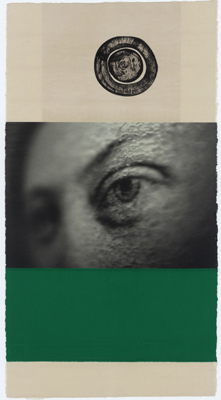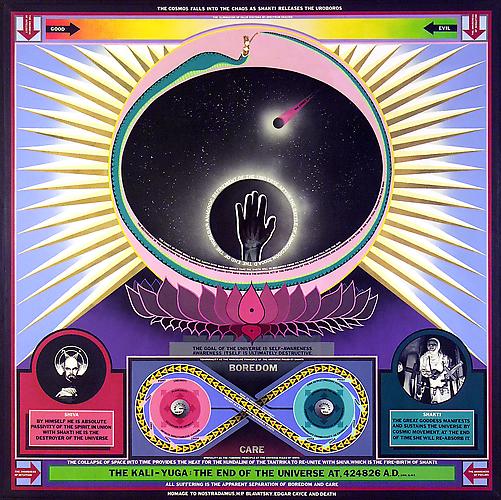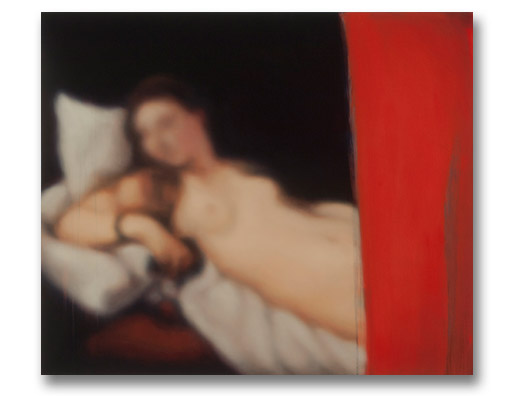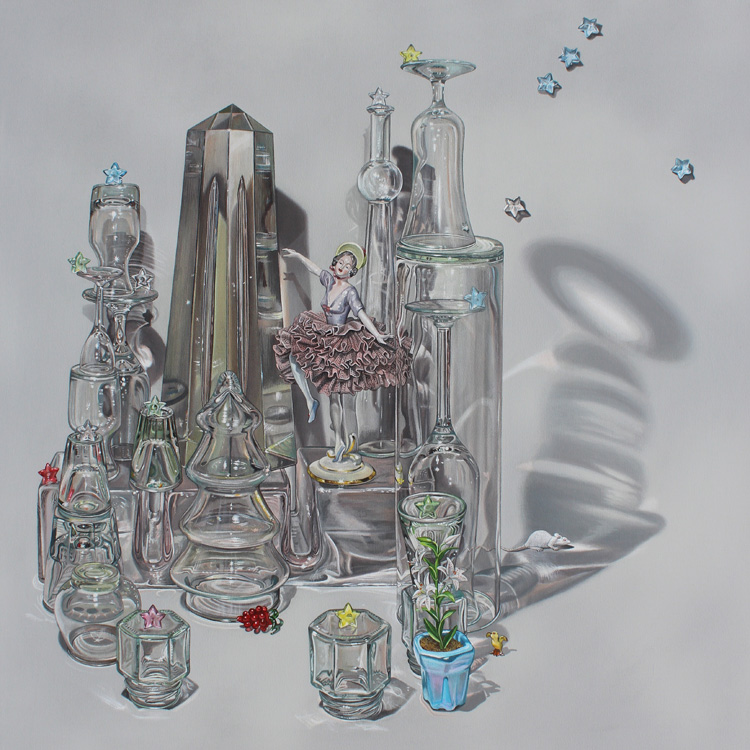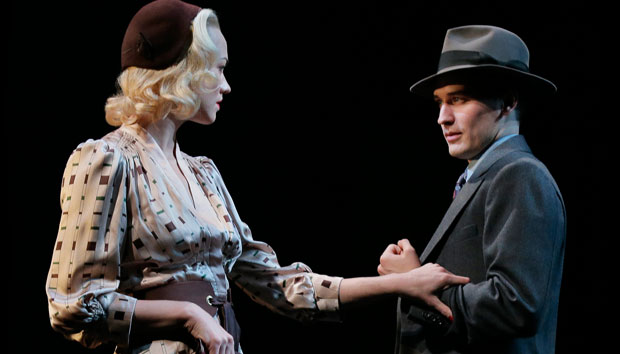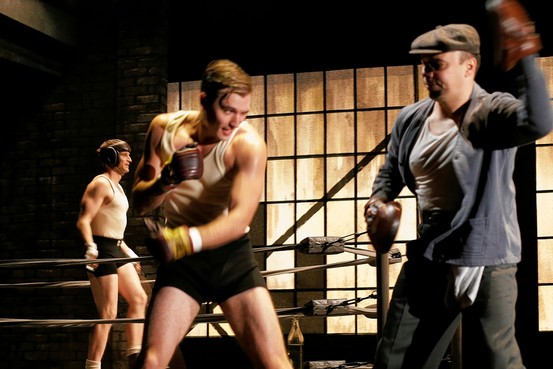Tuesday, already?!?
Galleries open on Tuesdays in Chelsea, even if the museums don’t. So, off we go to the West End of 24th – 25th streets to check some out. Ann Hamilton has a small show up at gemini g.e.l. which surveys her work from 2000 – 2012. Held in conjunction with The Event Of A Thread, this show focuses mostly on a few portfolio of lithographs and collage, as well as some textile work. Quite nice, and well priced, too.
Around the corner at Kent Fine Art we find the absolutely trippy exhibit, Paul Laffoley’s The Boston Visionary Cell. Up through March 9th, this exhibit is like a walk in the mind of an obsessive lunatic. Here we are immersed in fantasy and whimsy, time travel and immortality, aliens and philosophers, mythologies and psychotropics. Much homage is granted here to the wild thinkers and dreamers of times gone by, specifically along the edges of most of the canvases we see “Homage to Nickolai Tesla…” sorts of inscriptions.
A video runs in a continuous loop with an episode of some Hard Copy style show touting the time travel acumen of Laffoley, and promising the truth behind Little Richard’s claims. I feel sorry for the gallery staff.
Along the street we popped in on many other shows, such as a large Ed Ruscha show at Gagosian, which was utter crap in my estimation. Jeff Muhs The Origin of Nymphs at Lyons Weir was interesting, but unfulfilling. His gauzy oils of nymphs were a striking presentation, but hollowed out in their core — lacking in any meaning or depth.
These shared the gallery with Rock Center, an incongruously named collection of still life by Melodie Provenzano. Her work is technically proficient, but I found the subject matter and hyper-realistic rendering to result in paintings that were too twee by half. Honestly, I thing the original glassware assemblages would be more interesting to see than these paintings of them. Sorry.
Much more, but none of it stuck.
The evening brought us to Broadway for the first time this trip, and a revival of the 1930’s drama, Golden Boy by Clifford Odets. This production has generated quite the buzz, and there’s already talk of Tony awards and such. The production, directed by Bartlett Sher, is a design tour-de-force. Michael Yeargan’s sets, Catherine Zuber’s costumes and Donald Holder’s lights, together, provide us with perhaps the most powerful character in the play. The sets in particular take us effortlessly from setting to setting with believability and grace.
The performances are almost all quite strong. Yvonne Strahovski (of TVs Chuck) turns in a very even read of Lorna Moon, the troubled “Tramp from Newark” devoted to fight promoter Tom Moody, played with meandering force by Danny Mastogiorgio. Seth Numrich is Joe Bonaparte, the Golden Boy of the title, who steals Lorna’s heart even as she tries to manipulate his. Danny Burstein (Boardwalk Empire) as Tokio, Joe’s seasoned trainer, and Tony Shalhoub (Monk) as Joe’s father, and Italian immigrant fruit seller, round out the primary cast. Aside from some overdone Italian accents and some overwrought costume/stage business, these are all good performances. Burstein, in particular, brilliantly manages a slow simmer right up until the penultimate scene, and finally reveals a very touching side to his character.
Of the show as a whole, to use and overused phrase, “It is what it is.” It’s a revival of a piece of work very much of its era. Analogies within the script with the organized labor movement (in the person of Joe’s older brother Frank, a CIO organizer in the textile industry) is largely lost on today’s crowd. Were script edits to blame? Perhaps. Likewise, the character of Mr. Carp, the appropriately named neighbor who occupies the Bonaparte’s parlor as he quotes (and misquotes) Schopenhauer, Wittgnestein and other dismal philosophers, but who seems to simply vanish somewhere between Acts II and III.

